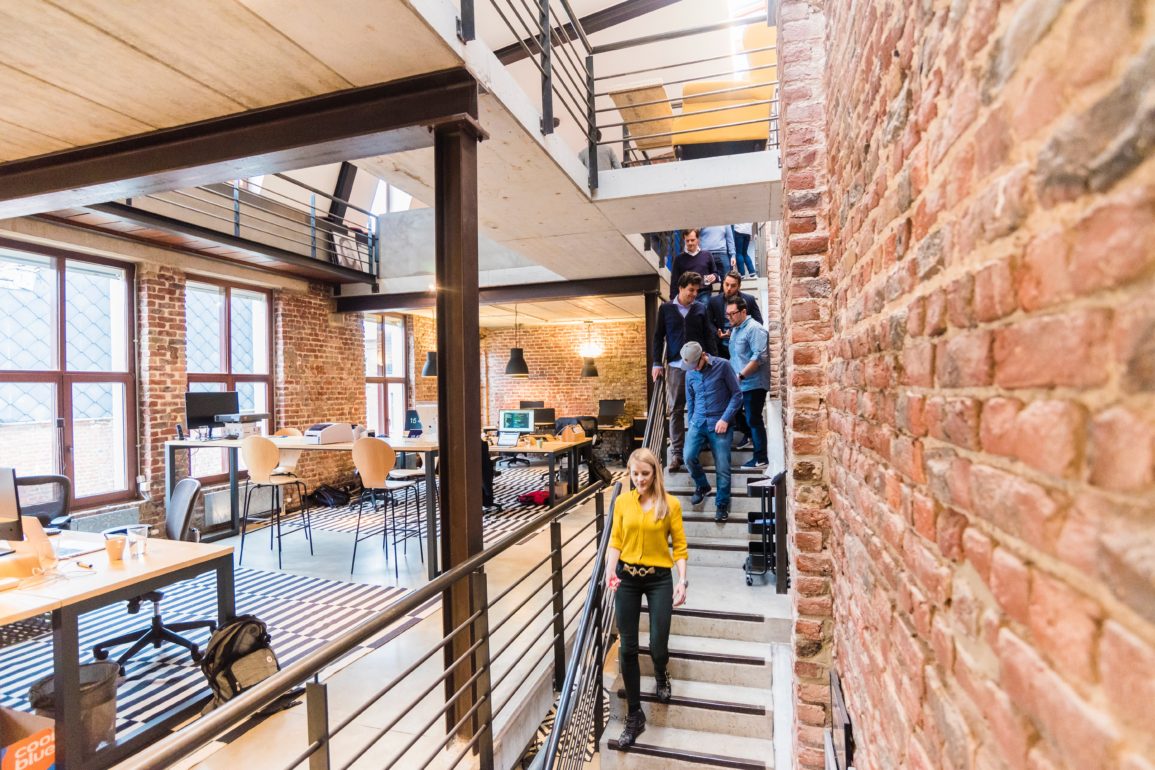The COVID-19 pandemic has created a lot of uncertainty. The number of new cases has changed substantially in the past few weeks in many states. The response of local, state, and federal authorities has changed in ways that have been hard to predict.
Despite the uncertainty, organizations have to make decisions. Universities (such as mine) have to decide whether to hold classes on campus in the fall and how many classes should be held. Companies need to decide whether to launch new products, to look for new sources of funding, or to downsize.
The outcome of any large decision is often unknown, because there are so many factors that contribute to success. When you are making those large decisions in a rapidly moving environment, there is a desire to avoid making the decision for as long as possible hoping that future information will bring clarity to the situation. Indeed, studies show that people tend to defer a choice when the future is hard to predict.
Deferring decisions has costs, though. Until leaders make key decisions, employees may not be able to prioritize their efforts, because the organization’s desired outcomes aren’t clear. The organization may lose the trust of shareholders, investors, or other key stakeholders who may not believe the organization has a clear mission.
In addition, the lack of direction may frustrate clients or customers who would like to know what to expect in the future. Also, leaders within the organization will need to focus on the decision itself rather than its implementation, and so there is a personnel cost to waiting for the future to choose.
So, in a situation like this, the cost must be weighed against benefits.
Interestingly, the same studies that demonstrate people like to defer decisions in the presence of uncertainty also show that people will sometimes accept costs to defer a decision, even if the information that is obtained later will not actually influence the outcome.
For example, suppose an organization is trying to decide whether to launch a new product line, and it does not know whether health conditions in the general public will get better, worse, or stay the same. Leaders might think it prudent to wait for more information about the status of the pandemic before moving forward. However, it is always worth making a decision tree to determine whether a different decision would be reached in each of these conditions. Key leaders do not always take this step. In some cases, leaders might find that the best outcome is actually the same regardless of the status of the pandemic. In that case, deferring the decision would involve paying a cost to defer the decision in order to get information that does not change the decision that gets made. There was no reason to incur that cost.
Practically speaking, then, there are three things to keep in mind: First, uncertainty about the future makes it attractive to defer decisions. Second, the choice to defer a decision until later has a cost. Third, unless you go through the exercise of making a decision tree, you run the risk of paying a cost to get more clarity, when the information you receive will not actually lead to a different outcome.
Originally published at Fast Company

